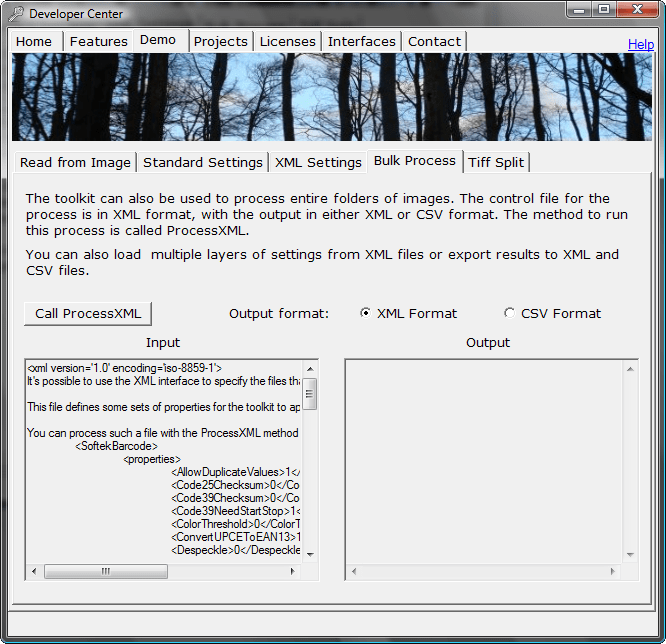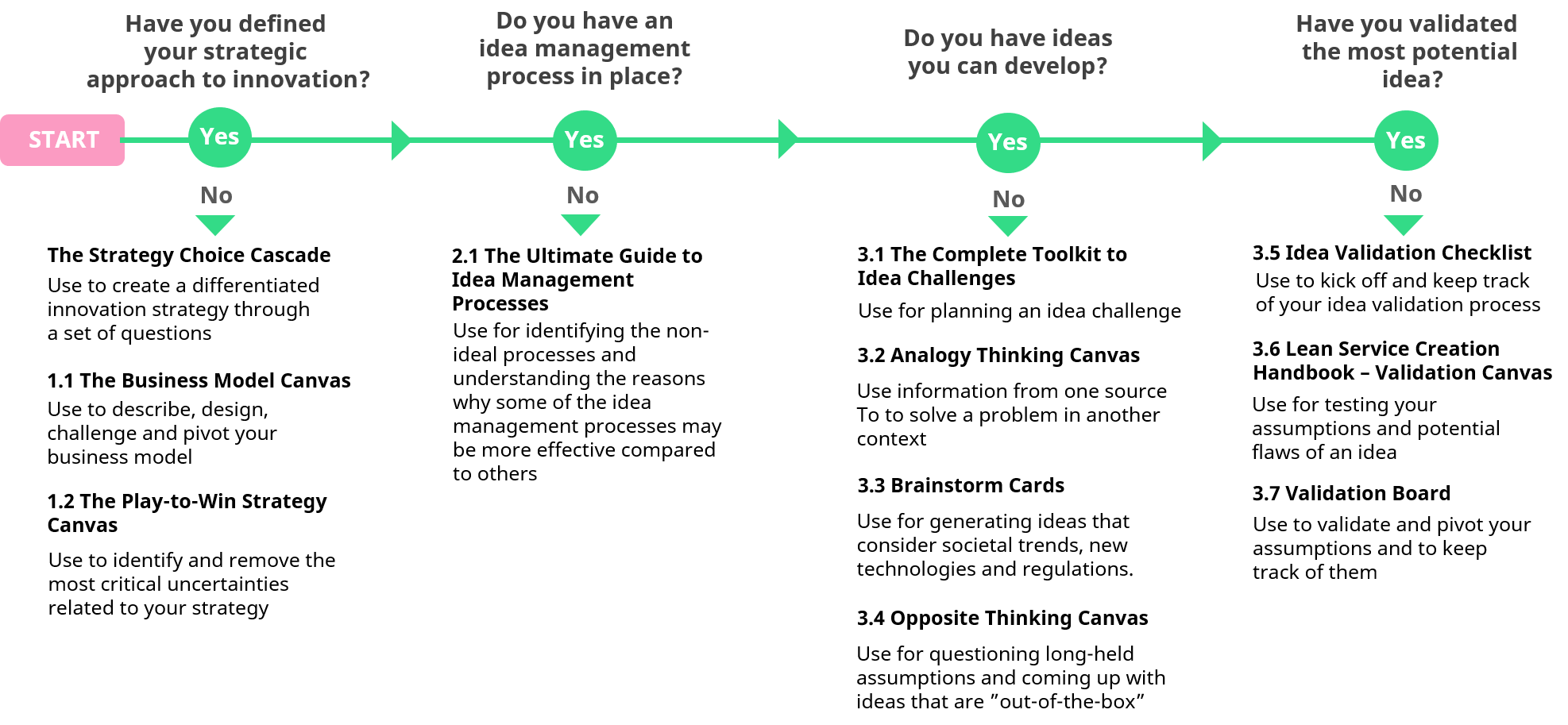Software version: DPL Toolkit V3.3 UD70 System File V2.63 UD77 Firmware V2.00 MD25 Firmware V2.00. 5.6 Control Word 17 5.7 Mapping Conflicts 20 5.8 Input Data 21. 10.8 Control Techniques Object 54 11 Example Application 57 11.1 System Overview 57. Production DPL/SyPT Code Background – Control Techniques has offered (and continues to) offer a popular series of second-processor options worldwide for their “systems” drive products to extend their capabilities and applications. These products are all similar in that this additional logic exists in the form of an embedded.
SyPTPro is designed for use with Control Techniques SM-Applications range of option modules onboard Unidrive SP, Affinity, Digitax ST or Mentor MP drives, the software provides a programming environment for high performance motion and PLC functionality.
Each applications option module incorporates it’s own dedicated high-performance microprocessor to ensure high speed program execution.
Drive-to-drive networking

Linking multiple drives, I/O, operator interfaces and PC based devices together enables Control Techniques to build high performance automation systems. SYPTPro is used to easily and quickly configure CTNet, a deterministic industrial network that is robust and tolerant to noise and interference. A single CTNet network may connect to up to 255 nodes, with up to 20 nodes in a segment and segments connected together using hubs, allowing large or small drive systems to be managed and extended.
Programming environment
The SyPTPro multitasking environment allows you to configure both event and time based tasks that are synchronized to the drives internal control loops. This allows you to reduce delays which enhances performance and prioritize your software according to the speed of execution and determinism required.SyPTPro supports three industry standard programming languages giving you the flexibility to use the most appropriate language for each part of your application, helping you to write software that is structured and re-usable. The three languages are Function Block, Ladder and DPL (Drive Programming Language) structured text.
Motion and position control
SyPTPro can be used to configure high performance motion control systems using Control Techniques APC (Advanced Position Controller) that provides highly flexible motion functionality including complex positioning, cams and electronic gearing.
Program development, diagnostics and monitoring
To reduce the time required to develop new programs, program Stepping and Breakpoints can be configured allowing the SyPTPro program to be paused or stepped to de-bug software. While a program is being executed, SyPTPro shows the real-time values within Function Block, Ladder and DPL structured text programs. In addition watch windows can be created that show the real-time status from multiple variables across different nodes across a CTNet network.
Protect your intellectual property
SyPTPro gives you the option to protect your knowledge by choosing to download only the compiled binary file, and not the embedded source file to the application module. This binary file is not up-loadable and so ensures that your intellectual property remains yours. User Defined Function Blocks allows you to develop your own function block library and package them into secure binary files. The library may then be distributed and used in other programs. The binary file does not contain the original source code, and so your intellectual property remains protected.
Control Techniques Dpl Toolkit Software Development
I have a setup consisting of a UNIDrive motor by Control Techniques and a UD70 module. Can it be done via DPL or do i require any PC cards? You can monitor (and log) the encoder value with 'DPL toolkit' using RS232. Encoder value is. Open Control, Open interfaces, software and hardware.
Detailed Description The UD70 is a compact microcomputer contained in a Large Option Module for easy installation in any size of Unidrive. Together with the DPL Toolkit, the UD70 allows the programmer to write software or use pre-written software in order to enhance the flexibility of a Unidrive. The compiled UD70 program and the user-created source program are stored in non-volatile EEPROM memory on the UD70 card. This type of memory allows the programs to be loaded using the serial port. Latest versions of programs can be easily updated without removing any integrated circuits or without using any specialized programming equipment.
PRVE IZKUŠNJE Z ZATIRANJEM OREHOVE MUHE (Rhagoletis completa Cresson) V SEVEROVZHODNI SLOVENIJI. Most of the species originate from North America and continental Asia. The first record of an. Zadachi na gotovyh chertezhah dlya podgotovki k OGE i EGE. Bazovyy uroven. 7 klass [Balayan E.N.] on Amazon.com. *FREE* shipping on qualifying offers. Skip to main content. From The Community. Try Prime Books. Go Search EN Hello, Sign in Account & Lists Sign in Account. Pomeranjem klizaca uvidjaju se razlicite pozicije jednog od temena paralelepipeda, a samim tim se vide i promene sveh vrednosti. Zadachi na gotovih chertezhah geometriya orehova otveti.

The filing system of the UD70 allows only one program to be stored in the UD70 at any one time. Detailed Description The UD70 is a compact microcomputer contained in a Large Option Module for easy installation in any size of Unidrive. Together with the DPL Toolkit, the UD70 allows the programmer to write software or use pre-written software in order to enhance the flexibility of a Unidrive. The compiled UD70 program and the user-created source program are stored in non-volatile EEPROM memory on the UD70 card.
This type of memory allows the programs to be loaded using the serial port. Latest versions of programs can be easily updated without removing any integrated circuits or without using any specialized programming equipment. The filing system of the UD70 allows only one program to be stored in the UD70 at any one time. The Control Techniques UD70 Large Option Module is a second microprocessor that de-restricts the Unidrive’s processing power when it performing a variety of duties in real time, such as timing function that are required for the correct operation of power devices.
It is a compact microcomputer inside of a Large Option Module and can easily be installed in any classic Unidrive. The UD70 allows a programmer to write software or use pre-created software to optimize the flexibility of the drive.
The Emerson Industrial UD70 provides a dedicated RS323 programming port (Connection C) and a multi-purpose RS485 comms port (Connection D). Connections A and B provide connectors for speedy fieldbus communications options of those are chose to be fitted. Note: In all cases, the configuration parameters must be saved and the UD70 must be reset before the changes will take effect. To store the changes in Menu 17 settings, set #MM.00 to 1000 and press the red RESET button on the keypad. To reset the UD70, set #MM.00 to 1070 and press the red RESET button on the keypad. The following lists the RS485 Port Communications Modes: Standard CT ANSI Protocol • Mode 1 - 4 Wire ANSI Slave Mode (this is the default) • Mode 5 - 2 Wire ANSI Slave Mode In these modes the UD70 will communicate using the standard ANSI protocol using either a 4 or 2 wire connection.
Control Techniques Dpl Toolkit Software Developer
The Unidrive will then be able to communicate with standard Control Techniques software packages, such as the Unisoft, MentorSoft, or SystemWise softwares. Modbus RTU • Mode 13 - 4 Wire Modbus RTU Slave Mode • Mode 15 - 2 Wire Modbus RTU Slave Mode In these modes the UD70 will communicate using the Modicon Modbus RTU protocol with either a 4 or 2 wire connection. Modbus ASCII • Mode 14 - 4 Wire Modbus ASCII Slave Mode • Mode 16 - 2 Wire Modbus ASCII Slave Mode In these modes, the UD70 will use the Modicon Modbus ASCII protocol to communicate. The max number of allowed registers that can be transferred in a single message is 20, and the range of allowed node addresses is 1 - 99.
Master / Slave • Mode 2 - Master Mode In this mode, the node acts like a master continuously broadcasting a source parameter from the RS485 port at a data rate of 9600 bits per second. • Mode 3 - Slave Mode In this mode, the node acts like a slave to receive the constant data stream sent by the Master. The data is then multiplied by the scaling parameter, written to the destination, as defined by the Pointer parameter. Cascade • Mode 4 - Cascade Mode This mode allows the UD70 RS485 ports to be cascaded, where each node is a slave to the upstream node and master to the downstream node. Modnij dom dekorativnie panno katalog. I/O Box Mode • Mode 10 - I/O Box Mode The UD70 does not have a dedicated port for use with an I/O box. The multi-purpose RS485 connection can be utilized to communicate directly with the I/O box by modifying it to use Mode 10 comms.